Doses of color can go a long way toward rejuvenating a neutral or white kitchen
People sometimes think the only options for wall finishes in a kitchen are tile or paint, but wallpaper can be a great alternative.
There are many wet-space-safe wallpapers available on the market, or you can pair a wallpaper with a short backsplash to help avoid any water issues. Either way, a playful wallpaper can add a dose of color and some energizing pattern to a kitchen, either as an all-over treatment or as a single accent wall.
Speaking of accent walls, a single painted wall can be a good way to bring in some color in a controlled dose, especially on a wall without upper cabinets. The lower cabinets will break up the look, so you only actually have a small surface area to paint, and this means you can safely use a more bold hue without it completely taking over.
And, of course, if the shade doesn’t feel quite right, it’s not a huge undertaking for a patient DIYer to paint over the area again.
Your walls aren’t the only place to add in some color. Kitchen seating can be a great way to add a pop of color right into the center of the space, especially vivid hues like a bright yellow that you might not want splashed across the walls in large quantities.
If you have a dining banquet in your kitchen or deep enough dining chairs to add toss pillows, don’t get stuck thinking all of your cushions have to match.
Playful mixed pillows are a great way to add little bits of color in various hues or tones without committing strongly to a single combination.
You can always add in new one-off pillows over time, or keep extras stored away to bring out for different seasonal looks. Get creative and boldly mix different hues together, until the recipe feels just right.
Modern LED bulbs can cast a large amount of light from a tiny source, which means you can now choose functional pendant lights in virtually any size and shape.
Small glass pendant lights like those pictured here are a great way to add some charm without interrupting sightlines or feeling too “in your face.”
Elegant window treatments are an almost expected part of a traditional space, but they can suit a transitional or modern space as well. In-window shades can be a smart option for the kitchen, taking up less space and minimizing the risk of getting caught up in a mess or drifting too close to a heat source.
It may seem like an unexpected move, but a rug can be another effective way to bring some colorful textile to a kitchen (especially if you don’t have a window nearby).
A traditional rug like the one shown here manages to carry a lot of colors and yet also feel neutral, widening your color palette without leaving any one hue fighting for all the attention.
You may not want to commit to a trendy pink accent in your kitchen, but with modern LED lighting you don’t have to. Color-changing lights allow you to play with a rainbow of hues to suit any mood or event, and they can even be added without a renovation as battery-powered options to an existing kitchen.
Translucent or frosted-glass objects, like vases or pitchers, bring color into a room in a unique way. The way they let light filter through them softens the effect, and they work especially well in multitonal groups. This means you can easily mix a few different pieces you collect over time, and add or subtract pieces until the composition looks just right.
Like the idea of color but can’t settle on a good hue for you? Brass, gold and other warm metallics bring a sense of warmth and color to your space without straying from a neutral scheme, so they can be a great choice for the truly color-averse.
Plus, they work well with stainless steel and other cooler metals, so you don’t have to go all-in on one or the other, instead letting them bring out each other’s undertones.
Sometimes adding color to the kitchen can be as simple as choosing one hue and using it for many small pieces, such as your dish cloths and towels. Repeating one approximately matching hue through the space makes it feel integrated into the decor, even if you’re using it in very small doses. The room shown here feels like it has a strong presence of blue even though the palette is 95 percent neutral.
It may seem almost too easy, but there is a reason photo stylists so often use fresh fruit or vegetables to add color to a kitchen — it just works. A simple bowl of apples, lemons, bananas or peppers can add a perfect sprinkling of color to your counter. Match the hue to one other object in the room (like a toaster or kettle) and you’ve got a color scheme that you can easily switch up in an instant.

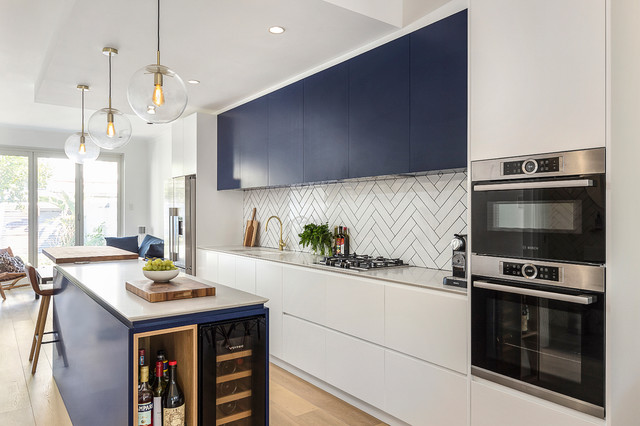
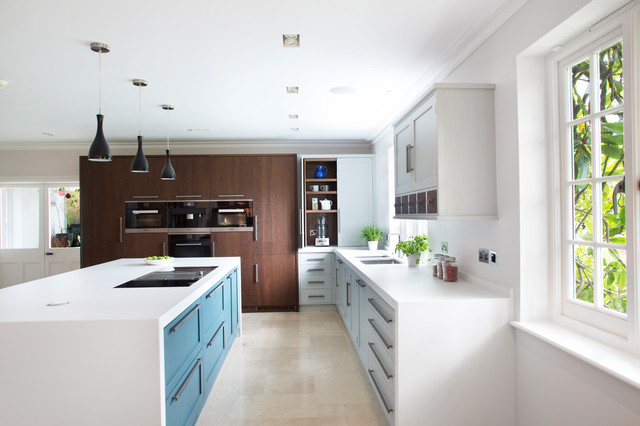

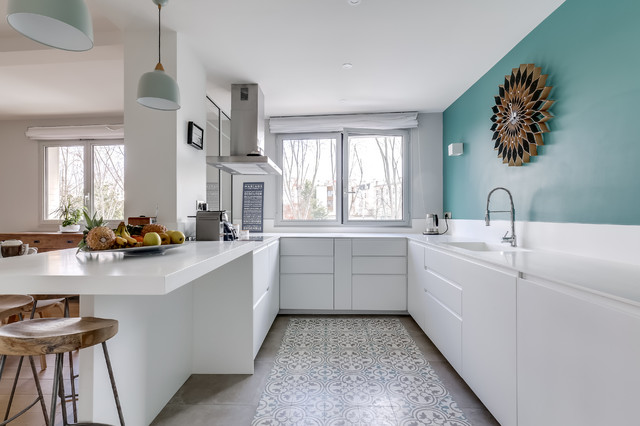
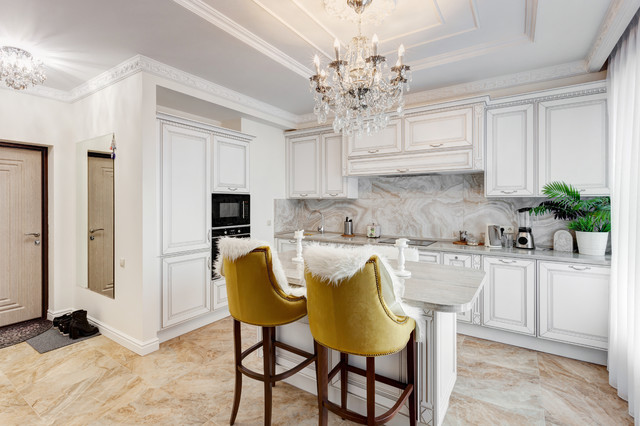
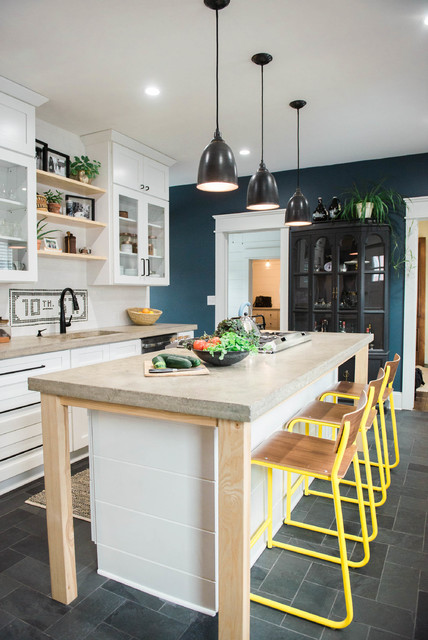
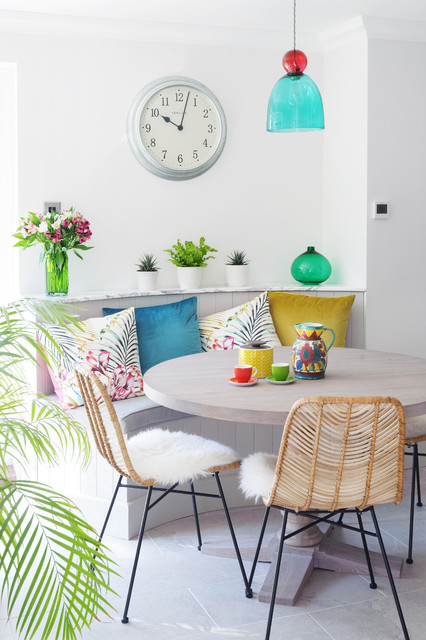
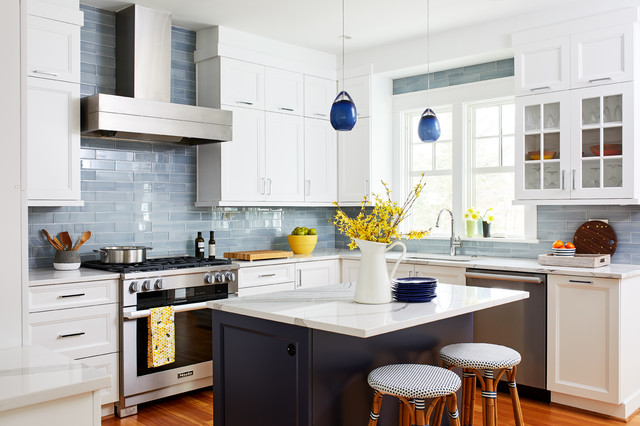
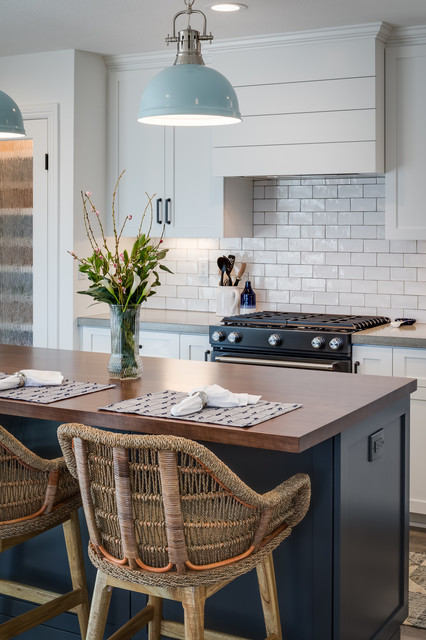
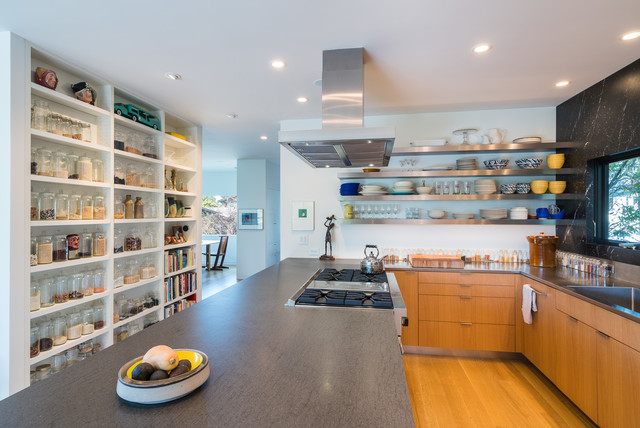
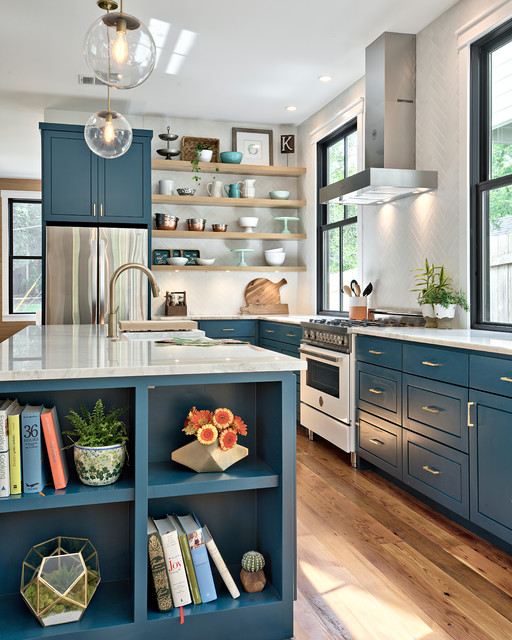
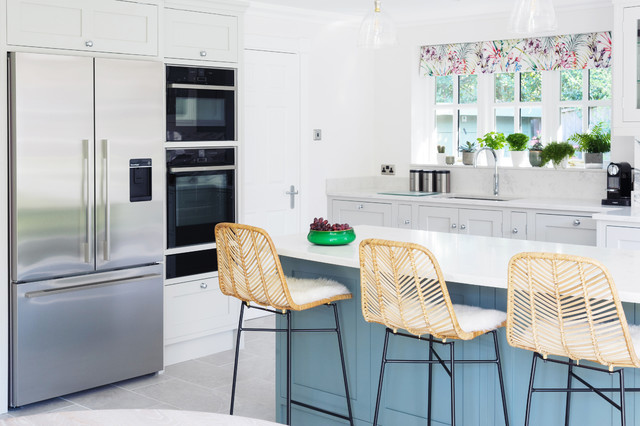
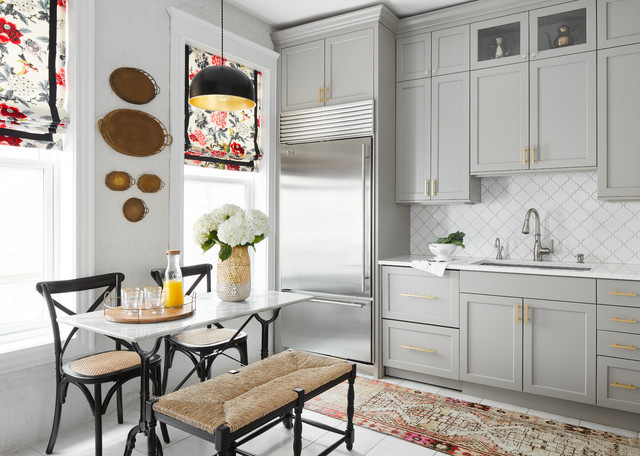
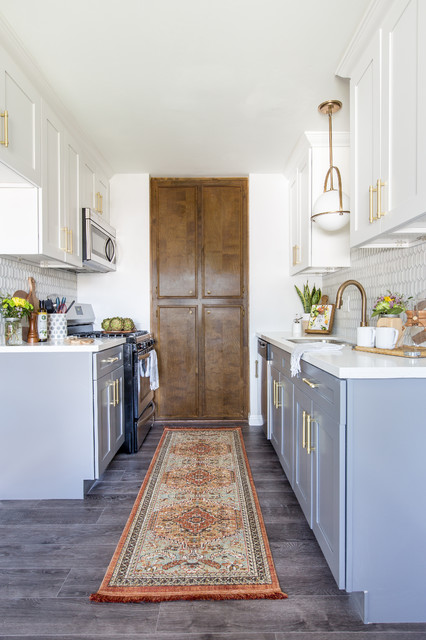
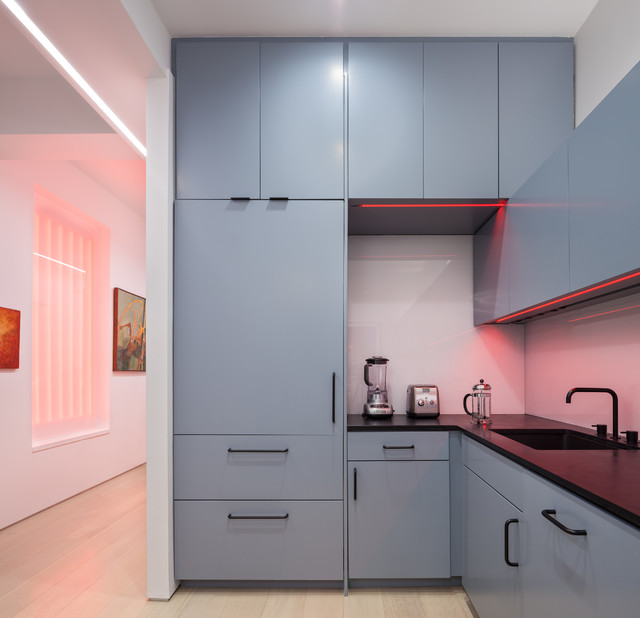
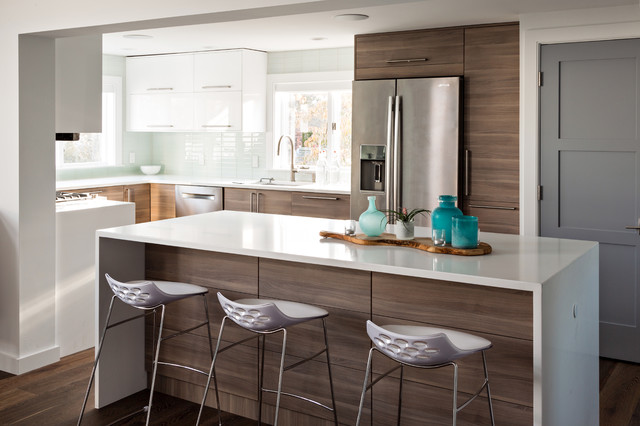
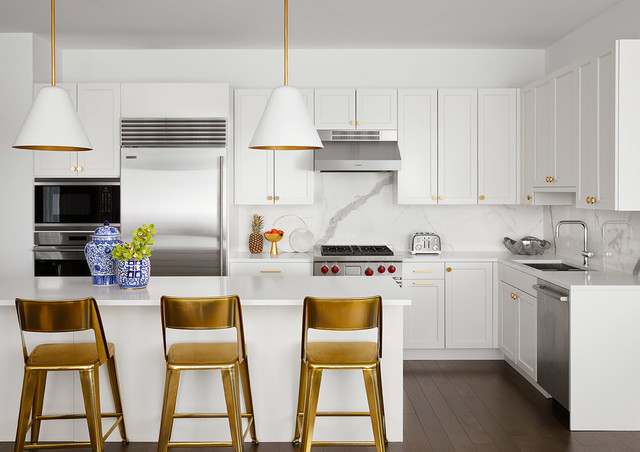
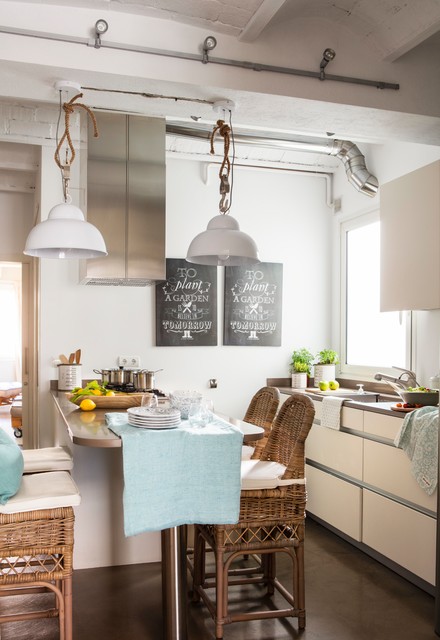
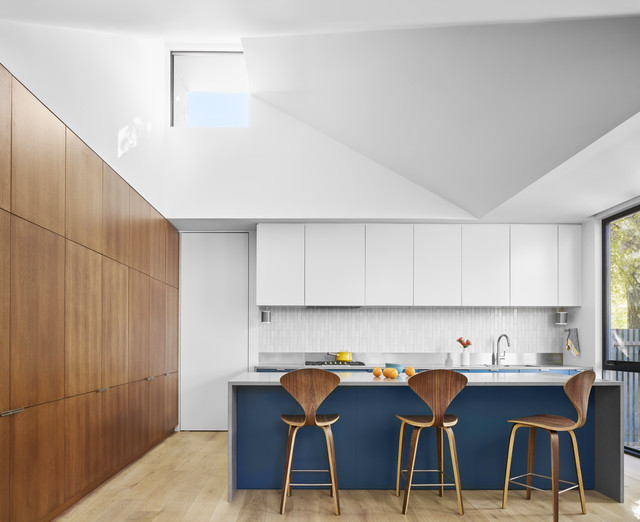


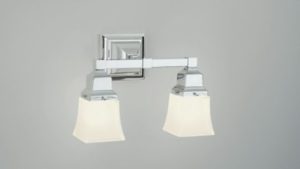
Two-tone cabinets continue to be a big kitchen trend — and a great way to add in some color without fully committing. Using a colorful door option for just a few cabinets, such as a stretch of uppers, brings a punch of interest without overwhelming the whole room. If you have existing doors in good condition, you can have just a few of them repainted in any hue you imagine, from a classic navy to a risky orange, and have them painted again in 5 or 10 years if tastes change.